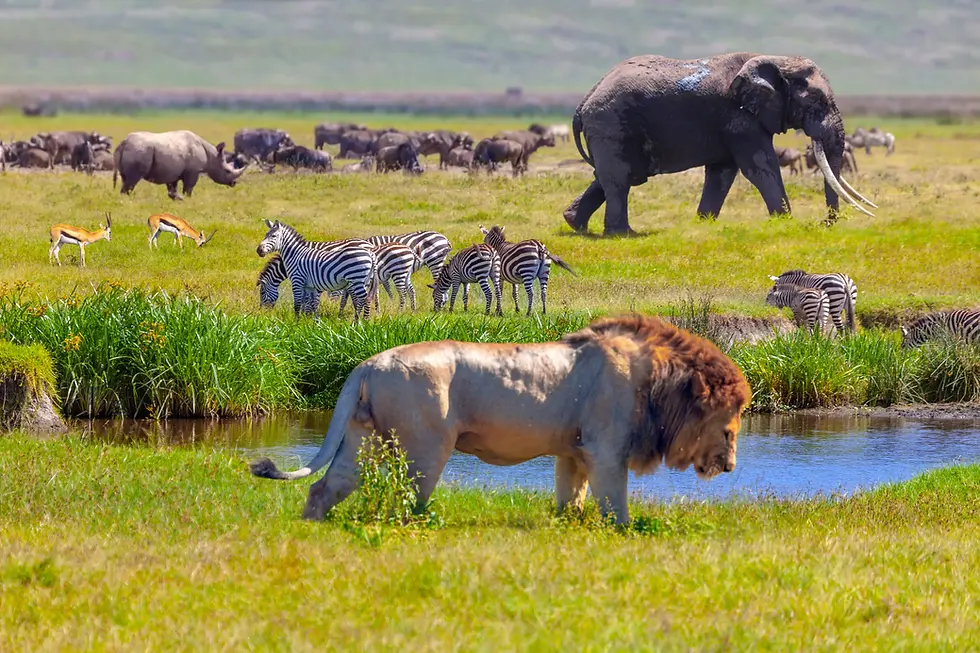Our Urban World
- Pooja Srikanth
- Apr 22
- 2 min read
A couple of days ago, I was at the airport headed for Oklahoma. When I did so, I had to travel by car, bike, plane, and on foot. And every time I did so, I noticed the same problem. So many different people surrounded me. Children, parents, teenagers surrounded me, and a million more people. But when I’d walk back to our tiny apartment in the suburbs, there would be no one. There would only be an immense number of people in the cities. Even if I were in Colorado, I wouldn't see nearly as many people as I saw in those cities, and that’s because of one thing and one thing only—urban sprawl.
Urban sprawl occurs because of city advancements, and there are millions of job opportunities in cities. Cities also give us more houses and places to stay, so there is a larger variety of homes. Although that has its perks, it also has its flaws.
Urban sprawl can cause more pollution from vehicles, the proximity of homes, and improper trash disposal. It can also cause the loss of natural habitats because people are destroying natural habitats to replace them with homes. The destruction of natural habitats causes biodiversity loss, which haunts humans. Finally, urban sprawl greatly impacts the economy because it costs a lot of money to maintain and build.
However, cities and governments are attempting to develop sustainable urban plans. These plans promote sustainable ideas and thinking so that we can still have cities while causing minimal damage to our planet.
Cities attempt to promote biking, walking, and other alternatives to driving because they reduce pollution. They also attempt to incorporate natural systems like parks, green roofs, and urban forests to improve air quality, manage stormwater, and enhance biodiversity.
Cities also provide a variety of jobs to fix their economic problems. This will provide an increase in money for both residents and the economy as a whole. These cities that promote growth and sustainable ideas are called Green cities (or green spaces, which are certain places that promote these ideas). By implementing more green cities/green spaces into our society, we’ll all have a much better way of life.
Finally, it’s important to consider whether we have green cities or green spaces in cities, it will have a lasting impact. This will improve air quality, mitigate the urban heat island effect, enhance social and mental well-being, and contribute to a more sustainable and livable environment. So, as I always say, we are the cause, but we are the change.
Works cited:
“Professional Practice.” Sustainable Urban Development, www.asla.org/sustainableurbandevelopment.aspx. Accessed 31 Mar. 2025.
“City Life: Why Are Green Spaces Important?” Natural History Museum, www.nhm.ac.uk/discover/why-we-need-green-spaces-in-cities.html. Accessed 31 Mar. 2025.




Comments